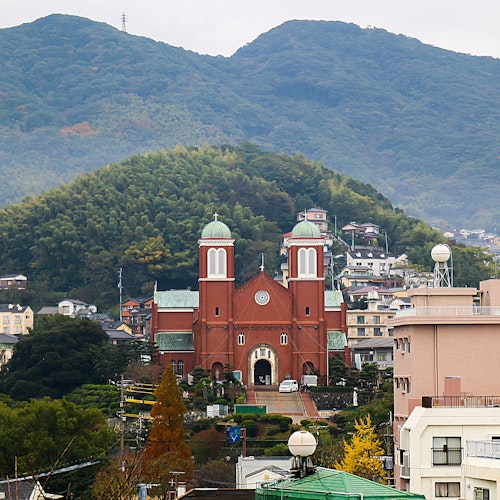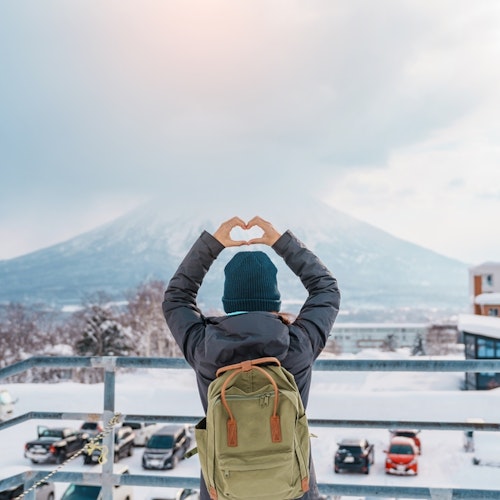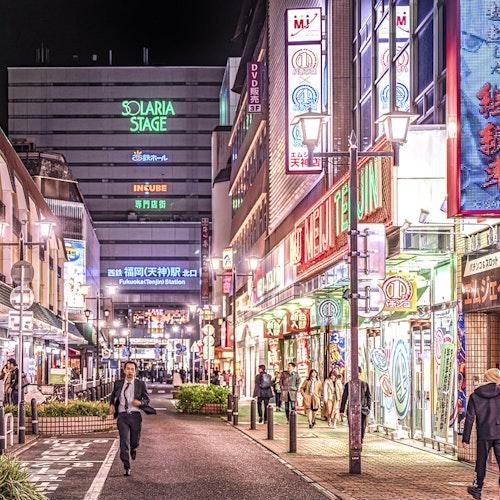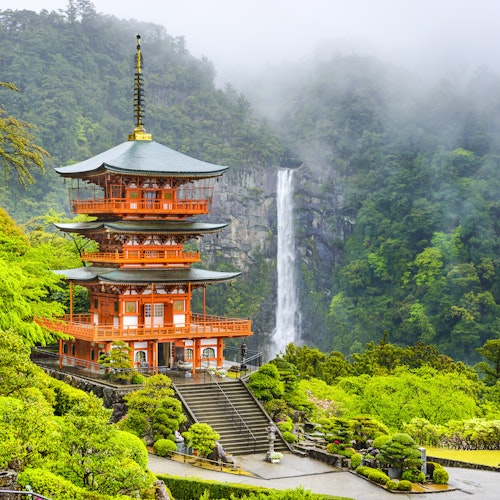

When most people plan their trip to Japan, they think about Tokyo’s neon streets, Kyoto’s old temples, or Osaka’s food markets. Fukushima often does not make the list. Many still remember the news from 2011 and imagine it as a place to avoid. But that is where they are missing out. Fukushima today is safe, full of culture, rich nature, and inspiring stories of recovery. If you love discovering places that mix beauty with meaning then Fukushima is worth your time.
The first question most people ask is about safety. Yes, Fukushima is safe to visit. The disaster area from 2011 is only a small part of the prefecture, and most of it has been open and thriving for years. Radiation levels in tourist spots are similar to those in big cities like Tokyo.
You will also find that locals are very open to sharing information if you have concerns. Visiting Fukushima today is not only safe but also a way to support the region’s recovery by bringing in tourism.
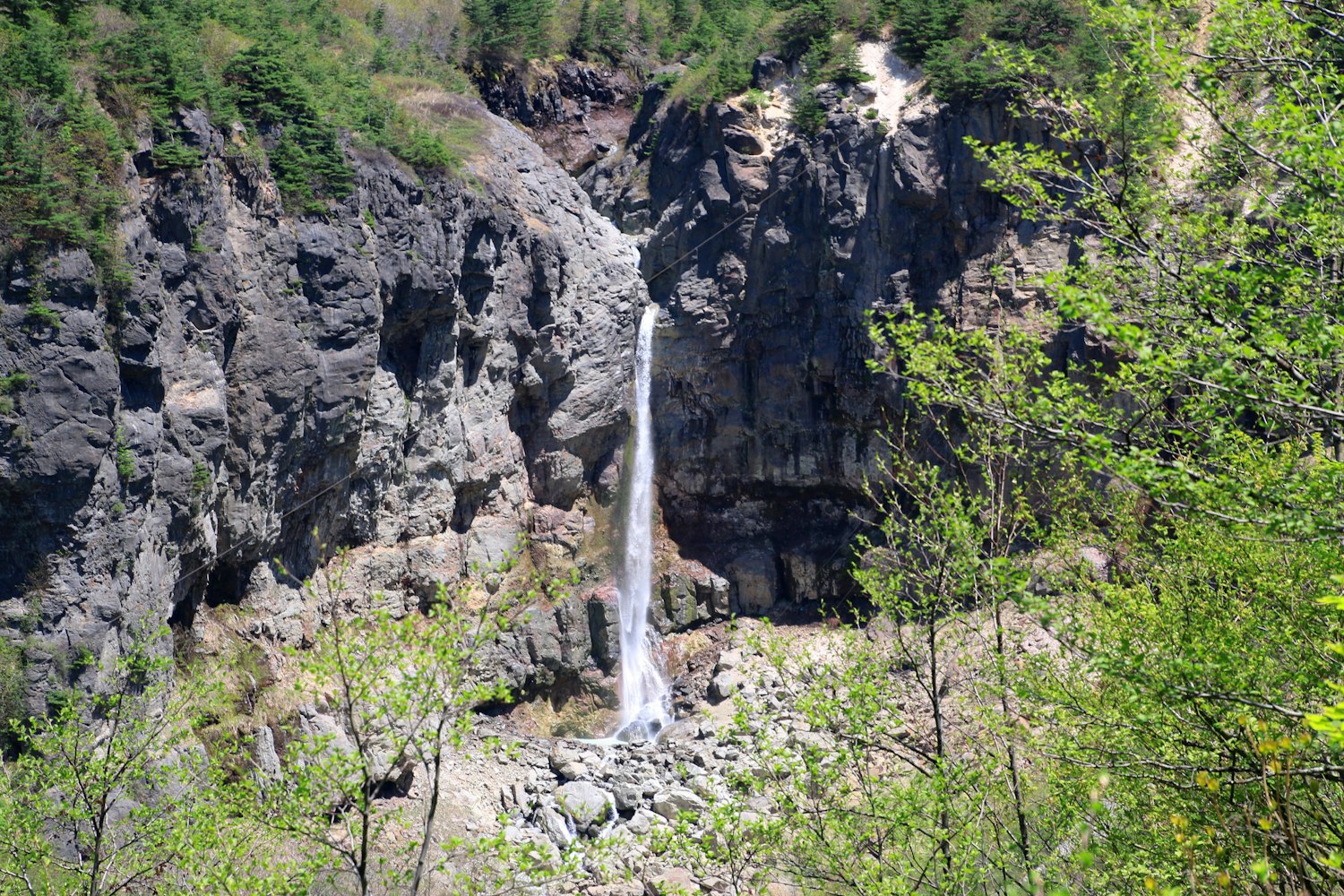
Japan is full of beautiful places, but Fukushima has a unique mix that feels different. It is the third largest prefecture in Japan, so you get a variety of landscapes in one trip. There are high mountains for skiing in winter and hiking in summer. There are peaceful lakes, hot springs tucked into valleys, and charming old towns where time moves slowly. It is a place where you can go from snowy peaks to the beach in a single day.
Fukushima also has fewer crowds than more famous tourist spots. This means you can enjoy places at your own pace and connect more with locals. You will not be rushing to take a photo before the next tour group arrives.

Discover Japan without limits with our all-access JR Pass!
Fukushima’s culture blends samurai history, folk traditions, and everyday rural life. One of the best places to feel this history is Aizu Wakamatsu. This castle town is known for its samurai heritage and the tragic story of the Byakkotai youth warriors. The reconstructed Tsuruga Castle has great exhibits and a beautiful view from the top. Walking through the streets, you will see shops selling lacquerware and traditional sake.
Another gem is Ouchi-juku, a preserved Edo-period post town. The thatched-roof houses make you feel like you stepped into the past. Try the local dish, negi soba, where you use a long green onion as a chopstick. It is both tasty and fun.
Fukushima is also known for its seasonal festivals. The Soma Nomaoi festival is an exciting mix of horseback riding, samurai costumes, and traditional rituals that go back over a thousand years.
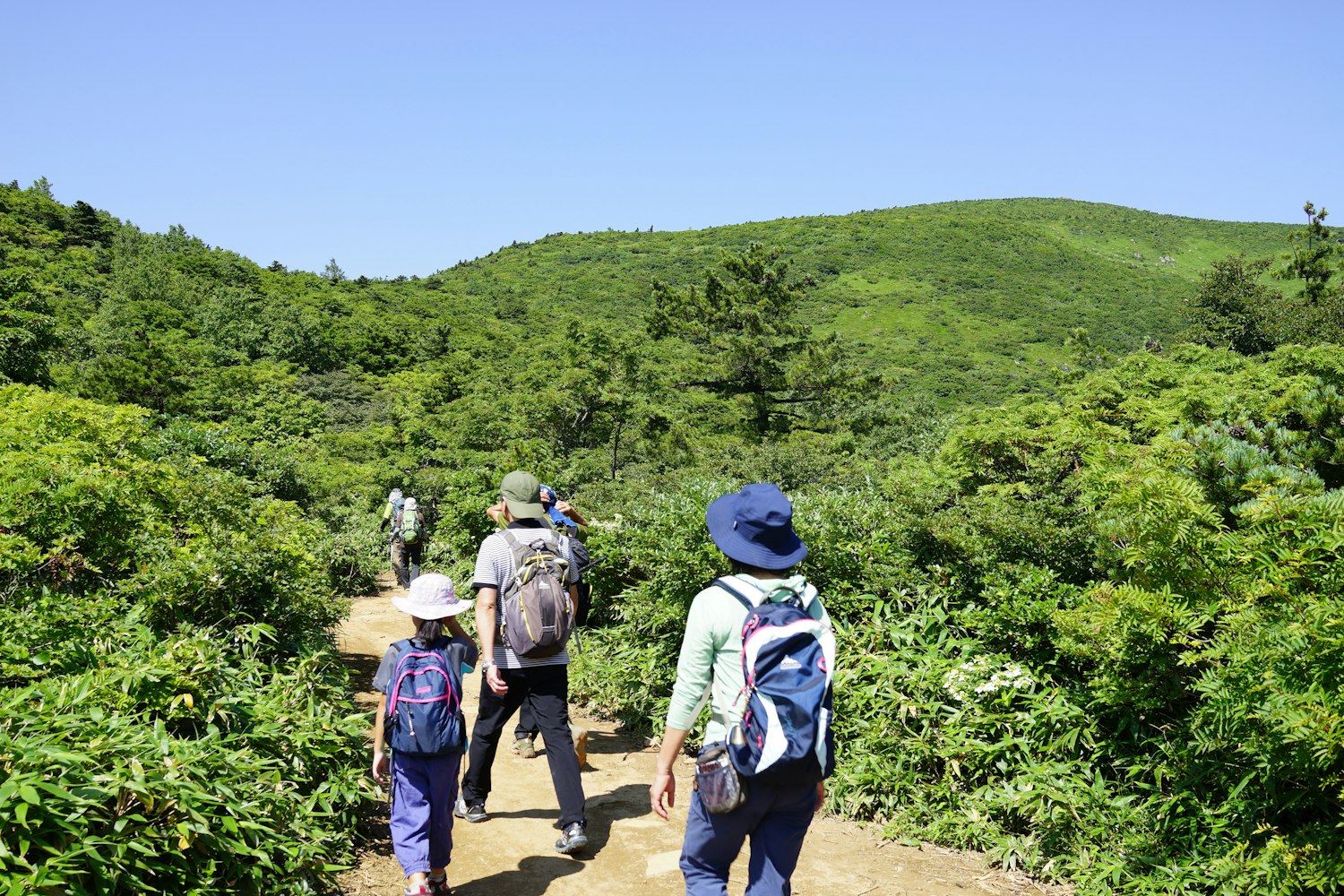
Absolutely. Nature is one of Fukushima’s strongest charms.
In spring, cherry blossoms bloom in places like Hanamiyama Park, where colorful flowers cover rolling hills. Summer brings fresh green forests and hiking trails around Mount Bandai. This mountain is also surrounded by lakes such as Lake Inawashiro, one of the largest in Japan, known for its clear water and swan visitors in winter.
Autumn in Fukushima is magical with red and gold leaves. The Bandai Azuma Skyline, a scenic mountain road, is perfect for leaf-peeping drives. In winter, ski resorts like Alts Bandai and Grandeco attract snow lovers. After skiing, you can soak in hot springs like those in Higashiyama Onsen or Iizaka Onsen.
Fukushima is a treat for food lovers. The prefecture produces some of Japan’s best rice, fruits, and sake. Peaches from Fukushima are famously sweet and juicy. If you visit in summer, roadside stalls sell them fresh from orchards.
You should also try Kitakata ramen, known for its curly noodles and soy-based soup. It is so popular that Kitakata city has more ramen shops per person than almost anywhere in Japan. Another specialty is sauce katsu-don, a breaded pork cutlet served over rice with a savory sauce.
Fukushima’s sake is award-winning, thanks to its pure water and skilled brewers. Many breweries offer tasting tours. Even if you are not a sake drinker, the cultural experience is worth it.
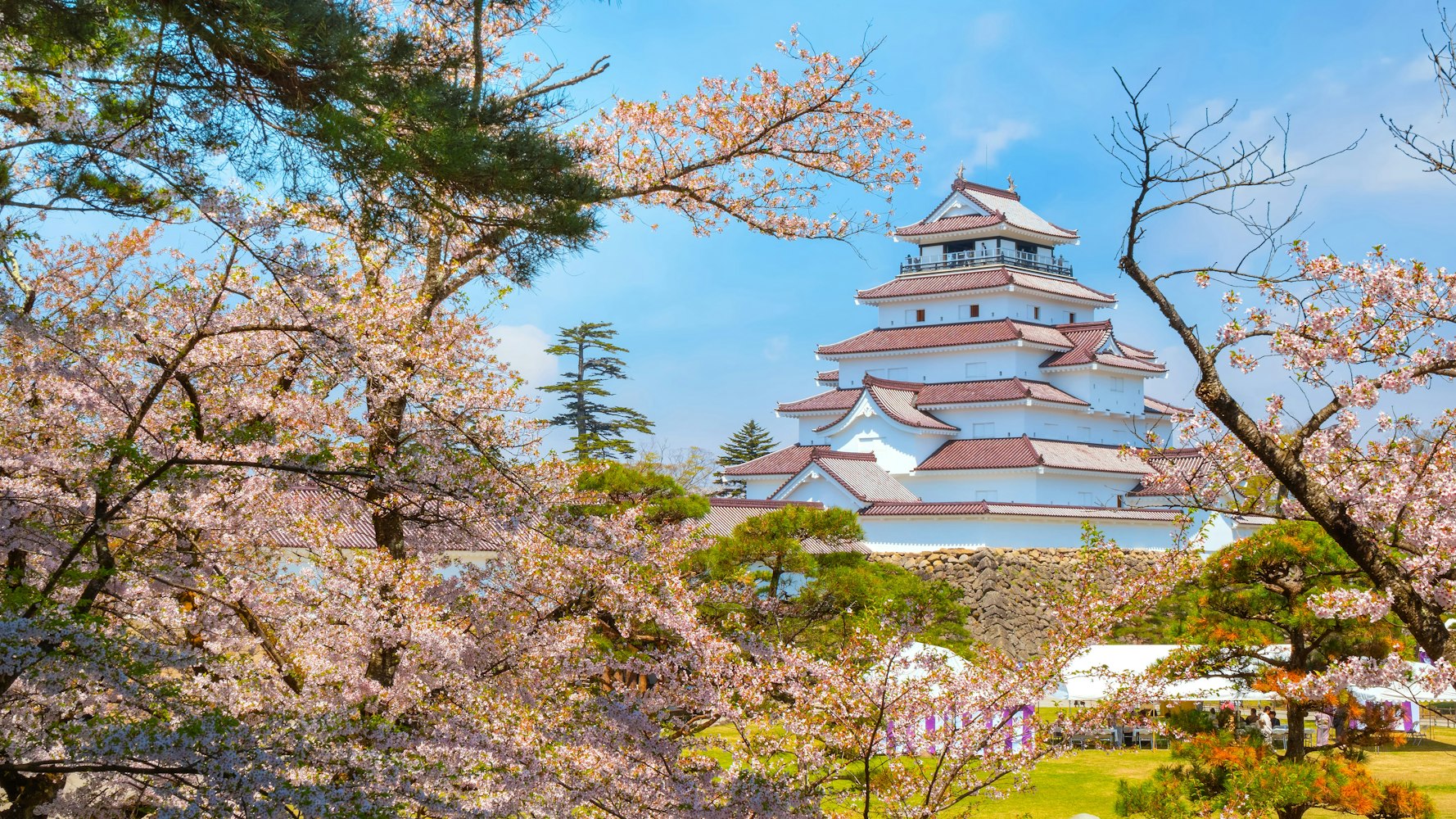
One of the most inspiring parts of visiting Fukushima is seeing how people have rebuilt their lives. Farmers have worked hard to restore trust in local produce, and their products now pass some of the strictest safety checks in the world. Communities have rebuilt homes, reopened schools, and brought back festivals.
Tourism plays an important role in this recovery. Every visitor helps by spending money in local shops, staying at inns, and sharing positive stories. Many locals will tell you that your visit is not just a holiday—it is part of their ongoing story of hope and resilience.
If you love hot springs, Fukushima is paradise. Iizaka Onsen, one of the oldest in Japan, has public baths and ryokan inns where you can soak while looking at the mountains. Higashiyama Onsen is another charming area with riverside views and traditional wooden inns.
For something quieter, head to Tsuchiyu Onsen, where you can also see craftsmen making kokeshi dolls. These simple wooden dolls are a local folk art and make for a lovely souvenir.
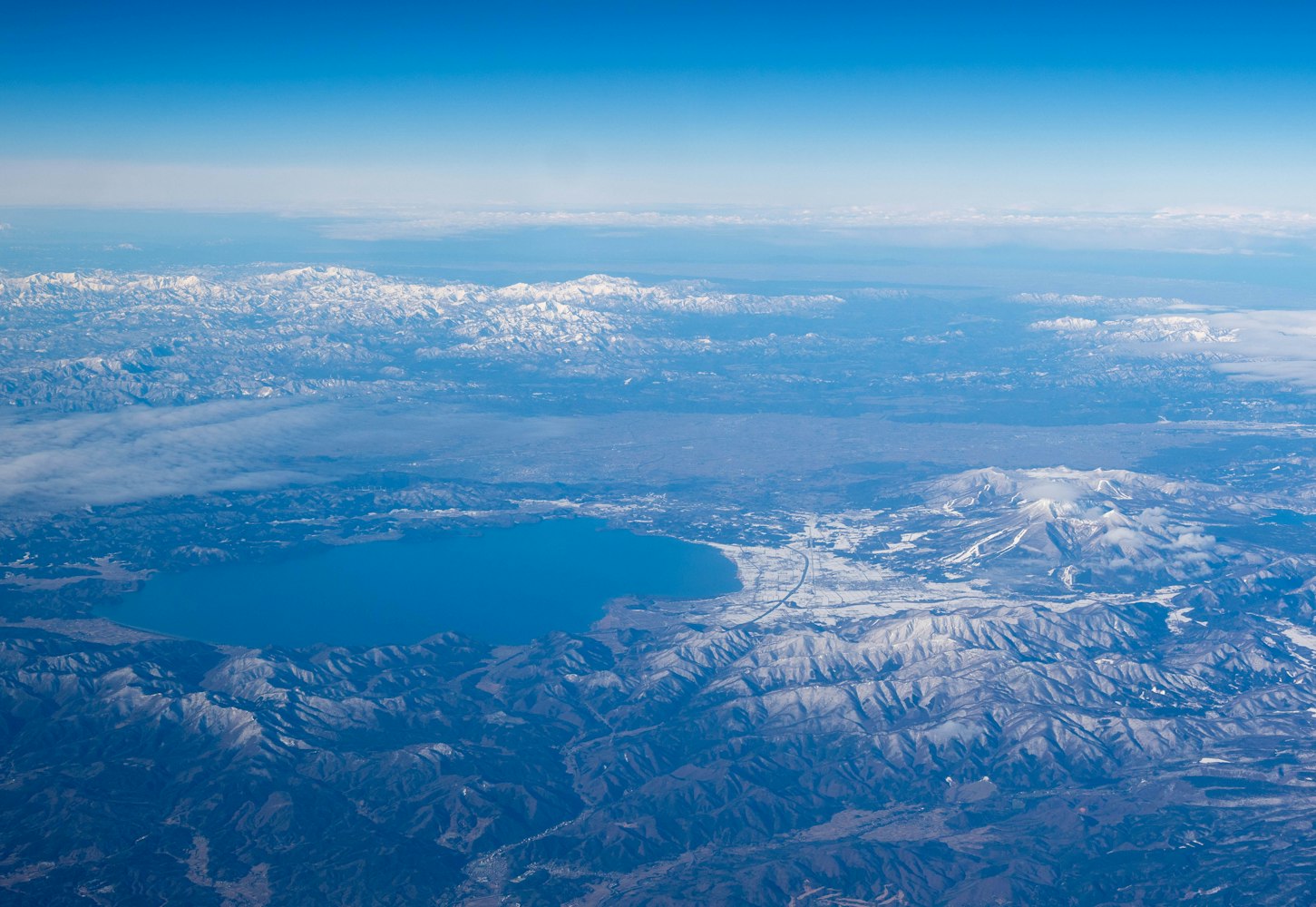
Yes, Fukushima has a beautiful coastline. The Hamadori region faces the Pacific Ocean and offers fresh seafood, scenic drives, and small fishing ports. Some coastal areas were among the hardest hit in 2011, and visiting them now gives you a sense of the community’s strength. You can visit museums and memorials that explain what happened and how people are preparing for the future.
The ocean here is also a place of healing. Standing on the shore, watching waves roll in, you understand the mix of beauty and respect the locals have for the sea.
The people of Fukushima are warm, curious, and proud of their home. They are happy to share stories about their history, recommend hidden spots, or even invite you to join a festival dance. Because tourism is not overwhelming here, you have more chances for real conversations.
In rural areas, you might meet farmers who will offer you a taste of fresh fruit right from the tree. Shop owners in small towns often take time to explain the history of their products. These personal moments make your trip richer than any guidebook description.
Fukushima is easy to reach from Tokyo by shinkansen in about 90 minutes. Once there, renting a car gives you the most freedom to explore, especially for nature spots and rural towns. Trains and buses connect many major sights, so you can still travel without driving.
If you enjoy cycling, the wide landscapes and gentle hills in some areas make for great bike trips. In spring and autumn, the weather is perfect for riding.
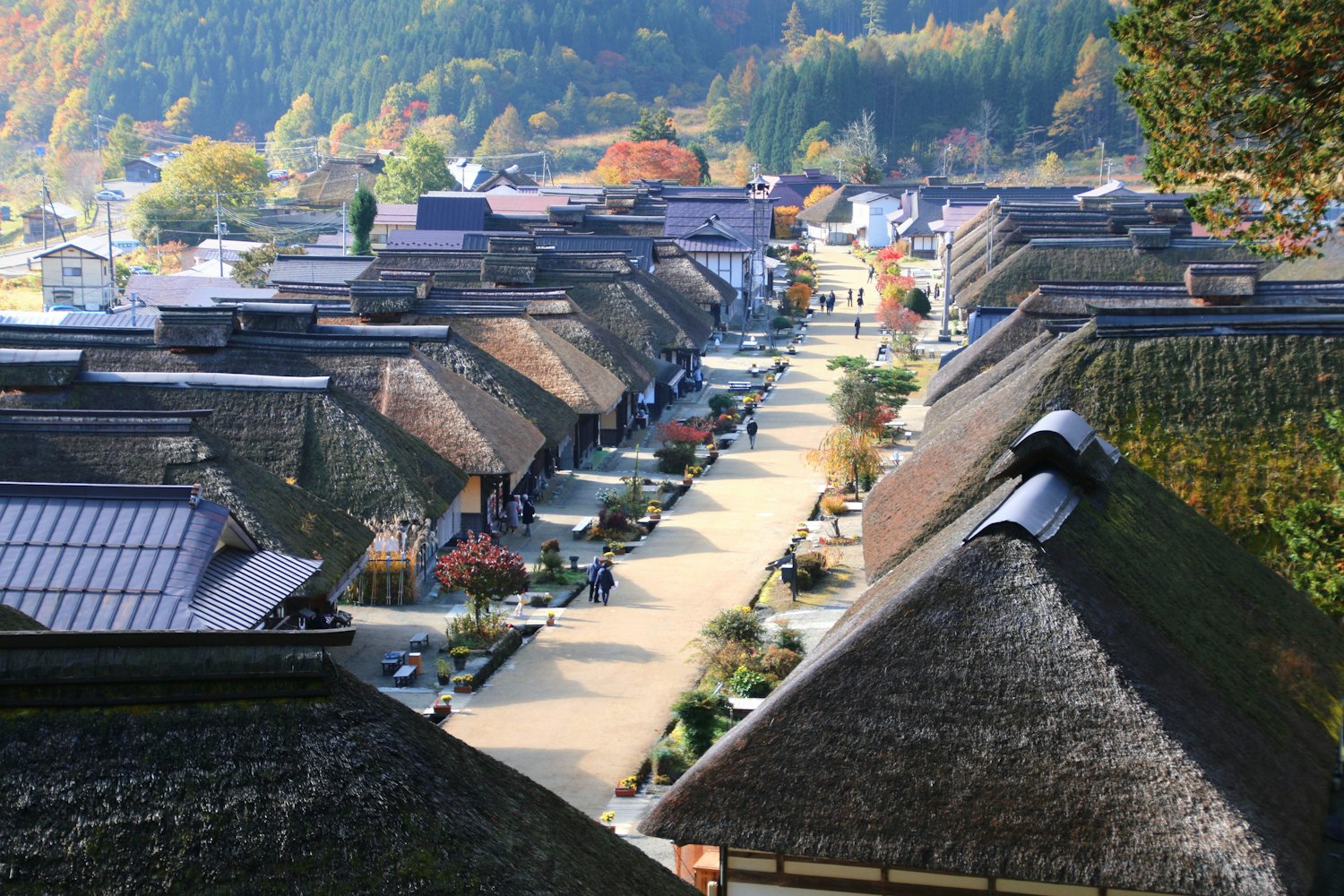
Yes, because each season brings a new face to the region. Spring flowers, summer lakes, autumn colors, and winter snow all feel like different worlds. You can focus on culture and history in one trip, then return for outdoor adventures or festivals in another.
Fukushima’s size also means you will never run out of places to discover. Even locals often have unexplored corners they want to visit someday.
If you skip Fukushima, you are skipping a part of Japan that is real, diverse, and deeply moving. You are missing castles without the crowds, nature that feels untouched, and stories that inspire. You are missing flavors you cannot find anywhere else and moments of connection that only happen in places where people still have time for strangers.
Fukushima is not just a place to visit—it is a place to experience. It is proof that beauty and strength can live side by side. So next time you plan a trip to Japan, give Fukushima a place on your list. You will come home with a full heart, a full camera, and a new way of seeing the world.
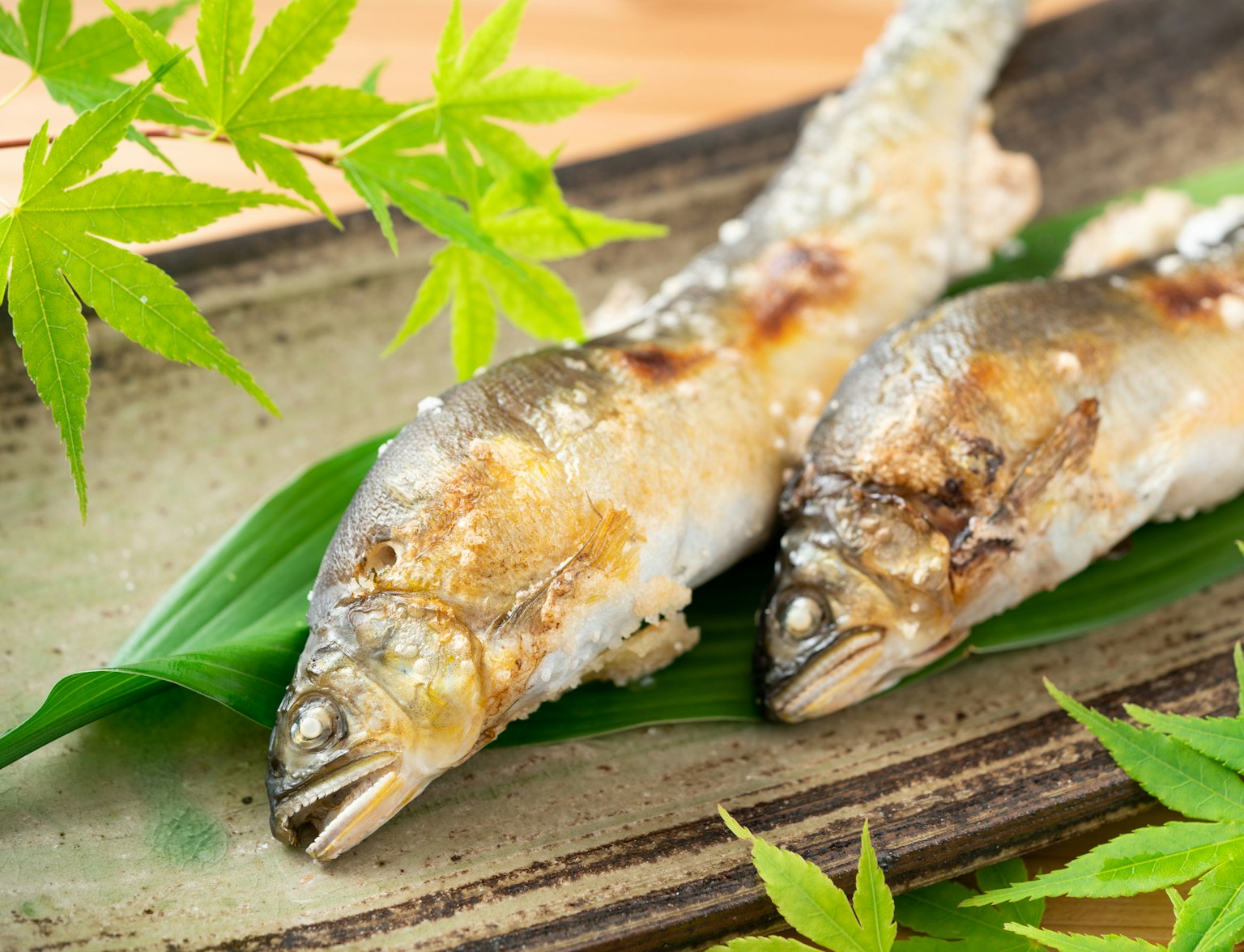
Experience the revived Hamayaki BBQ tradition in Matsukawaura with local hosts.
